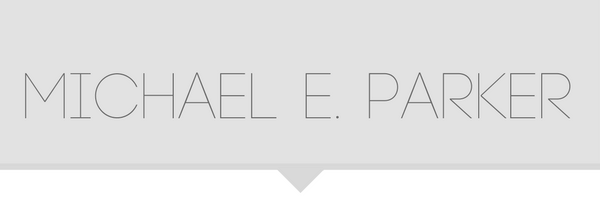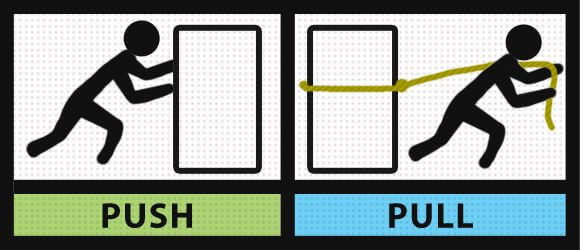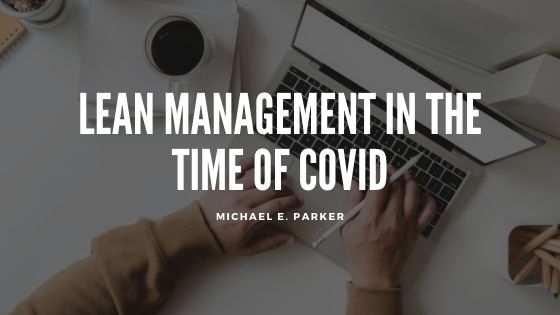 While there are many components to lean management and value centered solutions that make these management and operations styles unique, one of the central components is the idea of “pull systems”. In Value Centered Solutions, and lean management alike, this management and production style is based on the needs of the customer. A “pull system” refers to this idea, that all actions of the company flow in reverse which makes the pull of the customer the starting point.
While there are many components to lean management and value centered solutions that make these management and operations styles unique, one of the central components is the idea of “pull systems”. In Value Centered Solutions, and lean management alike, this management and production style is based on the needs of the customer. A “pull system” refers to this idea, that all actions of the company flow in reverse which makes the pull of the customer the starting point.
However, it’s important to note that “pull systems” refer to something even more specific in the case of lean management as it pertains to manufacturing businesses.
Under the principles of the Toyota Way, the purpose of the pull system (which is also known as a “kanban” system) is to have a clearly defined queue of materials ready to be “pulled” to the next step in the process. After the materials are “pulled” along to the next step of production, a signal is then sent to the preceding process step to replace the materials that have now continued along to the next step.
The purpose of this is to ensure that no step along the chain of production is ever slowed due to a lack of supply.
This also ensures that there will never be an oversupply at some point in the chain. This system keeps things moving, but also allows the owner to determine how much of a buffer or excess amount of materials they are comfortable with keeping on-hand.
But what does this mean outside of the confines of a system that produces a physical product? While this may not seem particularly applicable to a company that deals more in people and less in physical product, there are a lot of lessons that any type of organization can take from the process. No matter what your company’s product is, whether it is information, content, data or services, the core idea applies.
The purpose of the pull system is to eliminate excesses in supply while being prepared for demand – particularly unpredictable demand when it comes to production. When considering how to apply this to whatever your company’s product is (again, it doesn’t have to be a physical product), spend some time thinking about the current system that you have in place for supply and demand. How much overhead are you currently spending on your “inventory”. How do you get your company’s “product” to the “customer”. Again, we refer to these terms loosely because in today’s market those can mean a number of different things.
The point is that at each phase of production, you are only producing what the next phase requires. Everything that is created is based on actual need as opposed to predicted need.






